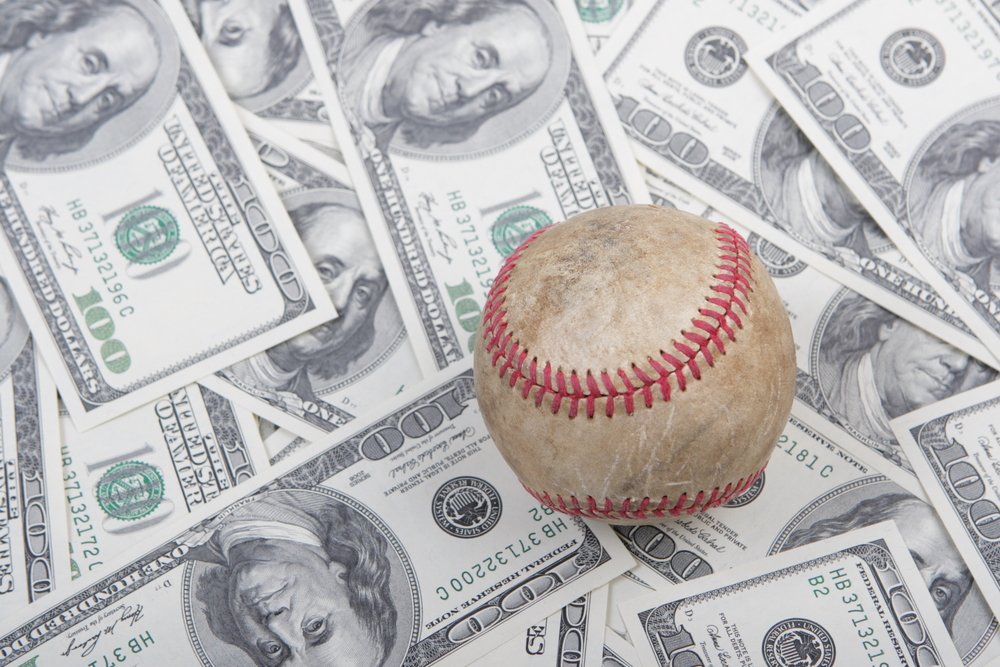For me, the surest sign that spring has arrived is the beginning of the baseball season. And although the season officially kicked off with a series of games between the Oakland Athletics and Seattle Mariners last week in Japan, it really began in earnest last night when the defending World Series champion St. Louis Cardinals beat the new-look Miami Marlins on Opening Night.
In the spirit of the new baseball season, I recently had the chance to speak to Billy Beane, the general manager of the aforementioned Oakland A’s and the subject of the book and movie Moneyball, for the latest issue of Risk Management. Beane will also be delivering a keynote address at the upcoming RIMS 2012 Annual Conference & Exhibition in Philadelphia. In our interview, Beane discussed how he uses data to run a competitive baseball team and addressed some of the risk management and insurance concerns that a general manager of a baseball team has to face.
One comment I found particularly interesting was the following:
About 10 years ago, we’d insure player contracts. What’s interesting is that, for years, say you signed a player to a five- or six-year contract, you could get that entire contract insured. And I remember one time [our insurer] came to us and said they’re no longer going to insure contracts for longer than three years. After three years, they need to be underwritten again. And my assistant and I said, “that’s an insurance company telling us that it’s not a good idea for us to sign players beyond three years.”… So that was basically them telling us these aren’t good bets.
What makes this comment so interesting is that it doesn’t seem like this philosophy is shared around the league. For instance, this past offseason the Los Angeles Angles of Anaheim signed first baseman Albert Pujols to a 10-year, $240 million contract while the Detroit Tigers gave first baseman Prince Fielder $214 million over 9 years. Not to be outdone for the privilege of paying players $20 million a year, just last week the Cincinnati Reds gave their star first baseman Joey Votto a 10-year, $225 million contract extension, while the San Francisco Giants extended pitcher Matt Cain’s contract by 5 years for $112.5 million.
Regardless of the value of these contracts, they all go against Beane’s (and his insurer’s) no-more-than-three-years rule and it’s hard to see how these players will deliver full value on their deals. Granted they are some of the best players in the game right now but injury and age could take their toll on performance at any time. Pujols, in particular, may be one of the greatest baseball players of all time, but he is 32. Not many players, no matter how good, are still productive (or even able to play) in their 40s. These signings seem to illustrate the difference between baseball’s big markets haves and it’s small market have-nots like the Oakland A’s. The richer clubs are simply able to take on risks that Beane cannot.
Or maybe there’s a more insidious method to their madness, as Jonah Keri writes on ESPN’s Grantland:
Sweating potential value, opportunity cost, and other related principles might be focusing on the wrong details. The recent $2 billion Dodgers sale points to a baseball landscape that has changed dramatically. Current and prospective owners see an industry that grew revenue through a tough recession and now stands poised to rake in far more money, with media deals rising, the economy improving, and the game in the midst of its longest period of uninterrupted labor peace since the advent of free agency.
According to Keri, these owners are making what they think are smart choices given the current market. But these choices may be based on the assumption that that the value of their clubs can only go up into the rarefied billion-dollar air. So what’s a few hundred million here and there? A baseball team is basically a license to print money. Obviously, nothing can ever go wrong with that strategy. Right, housing market?

